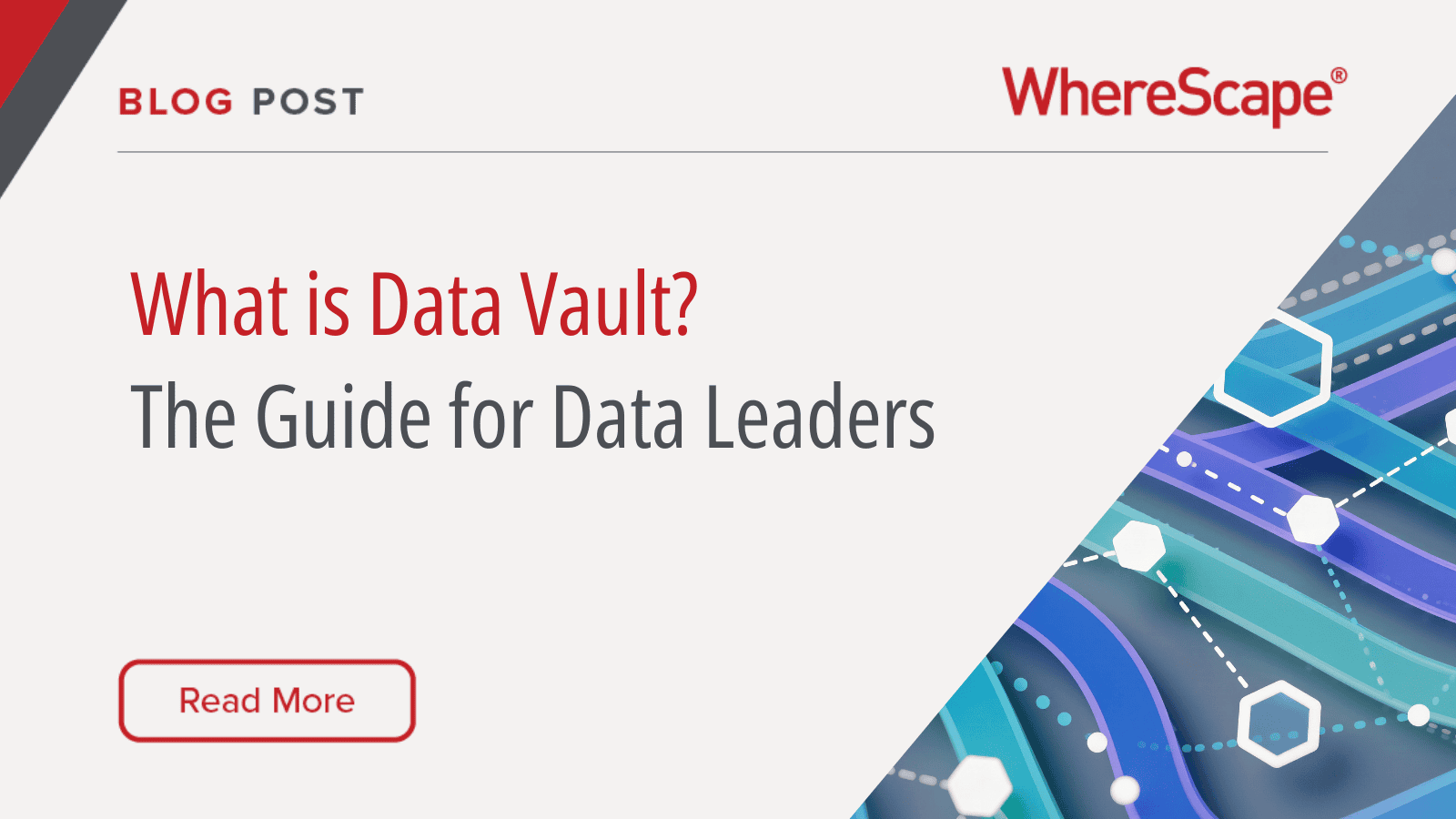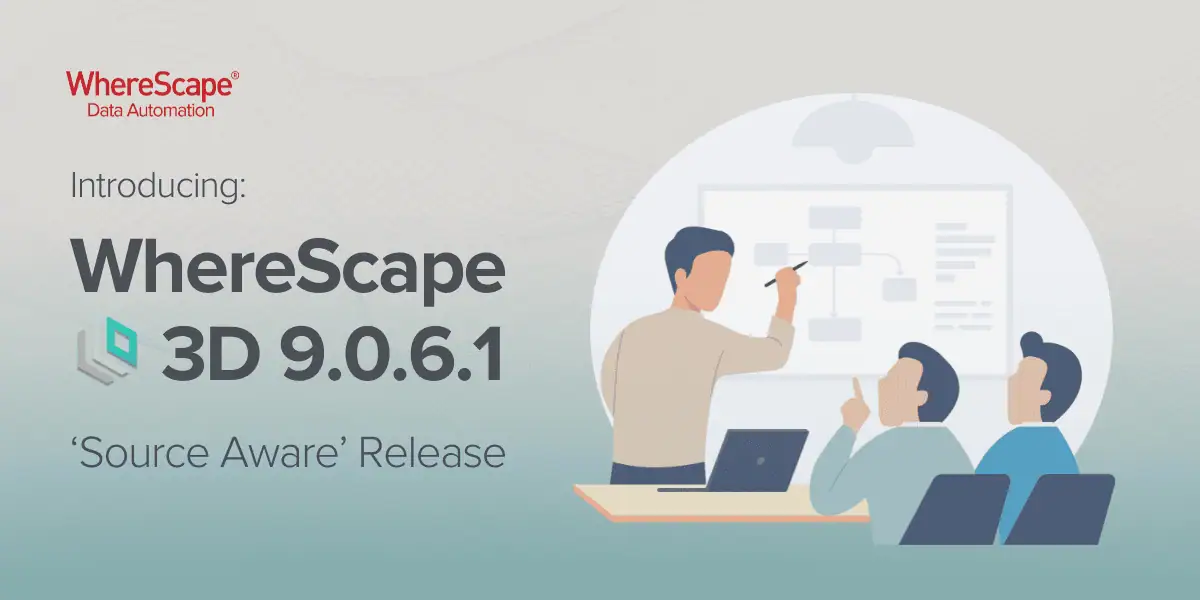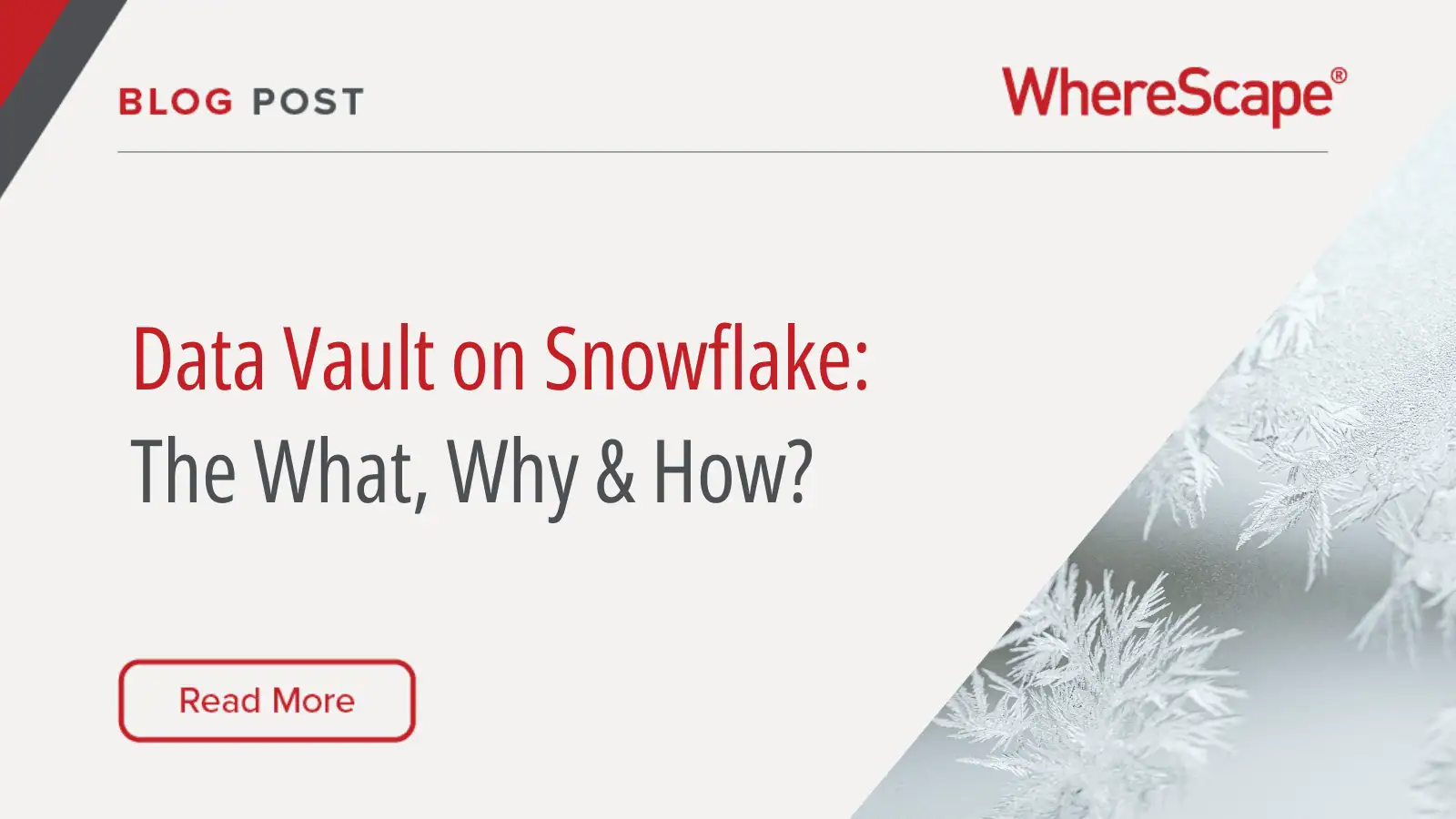Businesses today must adapt quickly to stay competitive. Data automation has emerged as a critical component of digital transformation, enabling organizations to save time, streamline operations, gain valuable insights, enhance decision-making processes, and increase ROI.
Understanding Data Automation
Data automation is a broad term that refers to the use of processes and technology to take the manual lift out of handling data. As data handling involves various steps and interconnected processes, data automation also encompasses many different functions and activities.
In any organization, data must be strategically collected, securely stored, and eventually analyzed and used to make informed business decisions. Data handling and management, and thus data automation, is comprised of many integral aspects, including data collection, data processing, data integration, data analysis, visualization and reporting, and workflow automation.
By using technology to standardize workflows and perform these tasks with little human intervention, organizations can smoothly scale while taking advantage of meaningful insights from robust collections of data.
What is Automated Data Processing?
Data processing is a multi-step strategy aiming to transform raw data into useful information. The broad strategy of data processing can encompass cleaning, analysis, reporting, handling, manipulation, and more.
Automated data processing is using software, technology, and algorithms to help with all of these functions without requiring manual intervention for tedious tasks. Through automated data processing, organizations can preserve staff time, improve efficiency, and reduce errors, even when handling large volumes of data.
Key Components of Data Automation Tools
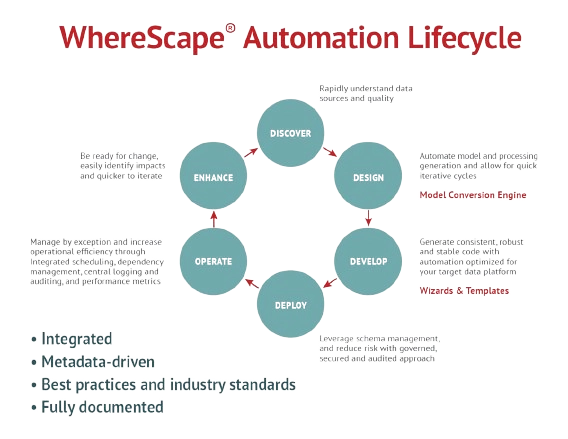
Data automation tools come in many varieties, each with an emphasis on specific functions and priorities.
Features of Data Automation Software
The most important features of data automation software will vary by industry and intended use, but most data automation tools offer the following core features and capabilities at a minimum:
- Integration: For the best possible performance, data automation software should be able to connect and pull data from many different databases, cloud services, and APIs in order to process it in a centralized manner.
- Real-time processing: Data automation tools with real-time processing allow for quicker implementation of insights.
- Ease of use: Intuitive interfaces, helpful graphics, and easily managed platforms can all enhance the user experience of a data automation tool.
- Security and compliance: From healthcare to e-commerce, businesses of all types must prioritize data security and compliance to meet regulations and standards.
- Analytics: Machine learning, predictive models, and advanced analytics help you make the most of your existing data and help automate and enhance data-driven decision-making processes.
Choosing the Right Data Automation Tools
The right data automation tools for your organization will depend on your specific needs and functions. For example, suppose you’ll have staff without a data background who need to be able to utilize your data insights. In that case, you might choose to prioritize a user-friendly interface and clean visualization. On the other hand, if you have a dedicated team for data processing and your key priority is growth, it makes sense to prioritize scalability above all else.
It’s also important to select data automation tools that integrate seamlessly with your existing software and platforms. WhereScape makes configuration easy through Enablement Packs that can be connected to any data platform.
The Role of Data Automation in Enhancing Business Agility
Business agility is a growing priority in an age where technology changes quickly, industries shift in a matter of weeks, and consumers are always on the lookout for the next best thing. Data warehouse automation makes it possible to adapt to market changes quickly while also responding swiftly to customer demands and expectations.
Accelerating Business Processes
Data automation can play a variety of roles in speeding up business processes. By handling and processing large volumes of data efficiently, data automation allows business leaders to make informed decisions based on accurate data and predictive analytics. Data automation reduces tedious workloads for skilled staff members, freeing up their time for activities that are more impactful for business strategy.
Adapting Quickly to Market Changes
Data automation allows businesses to not only adapt to market changes quickly once they occur but to predict them and position themselves as forerunners in times of change. By processing large amounts of data in real time and using tools like machine learning to run predictive analytics, data automation enables rapid adjustments to strategies and operations.
For example, as specific product features or details become more popular and see surges in demand, e-commerce companies leveraging data automation can detect that demand changes quickly. In turn, they can add to inventory levels for those products, update the copy and images in their marketing assets, and optimize their pricing to take full advantage of the trend. They can then fulfill the needs of their customers and stay ahead of their competitors in a true win-win outcome!
Benefits of Implementing Automated Data Processing
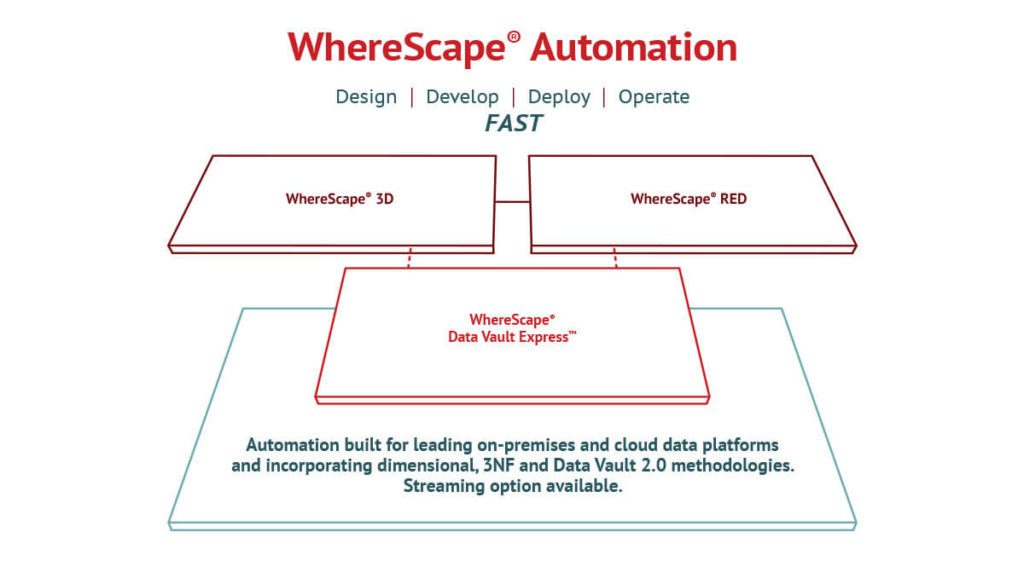
Businesses of all sizes and functions can reap impactful benefits by implementing automated data processing.
Efficiency
Automated data processing significantly reduces the amount of time consumed that skilled staff need to spend on manual data entry and integration. This leads to a more efficient allocation of employee time and company resources. By automating these tedious tasks, businesses can streamline operations and allow staff to focus on more strategic and impactful activities.
Accuracy
With less human intervention, organizations benefit from more reliable and error-free data handling. Automated data processing ensures higher accuracy in managing data, which in turn provides immediate insights from large data sets. This results in quicker turnaround times and the fast implementation of new findings, enhancing overall business performance and decision-making processes.
Cost Effective
By scaling back on the amount of tedious tasks requiring human intervention, businesses can reduce labor costs and allocate staff resources more strategically. In addition, fewer errors and quicker data processing mean a leaner, more efficient operation overall, which frees up resources throughout business processes.
Leveraging WhereScape for Advanced Data Automation Capabilities
Take advantage of the transformative benefits of data automation with WhereScape. As an agnostic software that supports various platforms and countless capabilities for a range of business applications, WhereScape makes data automation easy to integrate into your current workflows. Reduce costs and select the perfect data automation solution for your business. Book a demo today!


